Numerical Investigation of Cavitation Phenomena in a 2D Gerotor Pump Using ANSYS Fluent
$360.00 $180.00 Student Discount
- This study presents a detailed numerical investigation of cavitation phenomena in a gerotor pump using computational fluid dynamics (CFD) simulation
- The physical modeling incorporated a mixture model for multiphase flow
- A key aspect of the simulation was the implementation of dynamic mesh capabilities through User Defined Functions (UDFs)
To Order Your Project or benefit from a CFD consultation, contact our experts via email (info@mr-cfd.com), online support tab, or WhatsApp at +44 7443 197273.
There are some Free Products to check our service quality.
If you want the training video in another language instead of English, ask it via info@mr-cfd.com after you buy the product.
Description
Introduction:
In modern hydraulic systems, gerotor pumps play a crucial role in fluid transfer applications. However, these pumps often face challenges related to cavitation, which can significantly impact their performance and longevity. This study presents a detailed numerical investigation of cavitation phenomena in a gerotor pump using computational fluid dynamics (CFD) simulation. The primary objective is to understand and analyze the cavitation behavior through a two-dimensional model using ANSYS Fluent software.
Geometric Modeling and Mesh Generation:
The initial phase of this study involved creating a two-dimensional geometry using ANSYS Design Modeler, accurately representing the complex profiles of both inner and outer rotors characteristic of gerotor pumps. The mesh generation was performed using ANSYS Meshing, resulting in approximately 50,000 elements. This mesh density was carefully selected to balance computational efficiency with solution accuracy, particularly considering the demands of dynamic mesh operations required for rotor movement simulation.
Numerical Methodology:
The simulation employed a pressure-based transient solver in ANSYS Fluent, utilizing the SIMPLE algorithm for pressure-velocity coupling. For solution stability and convergence, first-order upwind discretization schemes were implemented for momentum, volume fraction, and turbulence equations. The physical modeling incorporated a mixture model for multiphase flow, with water as the primary liquid phase and water vapor as the secondary phase. The k-ε RNG turbulence model was selected for its robust performance in rotating machinery applications.
Dynamic mesh and boundary conditions:
A key aspect of the simulation was the implementation of dynamic mesh capabilities through User Defined Functions (UDFs). These UDFs controlled the rotation of both rotors, with the inner rotor operating at 30 radians per second and the outer rotor at 24 radians per second. The boundary conditions were carefully defined with a pressure inlet set at 0-gauge pressure and a pressure outlet. All solid boundaries were treated with standard wall conditions, ensuring no-slip behavior at the surfaces.
Results Analysis:
The simulation results provided comprehensive insights into the pump’s operation. The pressure contours revealed areas of potential cavitation formation, particularly in regions of low pressure. Velocity contours demonstrated the complex flow patterns within the pump, highlighting areas of high velocity and potential flow separation. The volume fraction of water visualization helped identify specific zones where cavitation occurs during the pump operation. The generated animation effectively captured the dynamic nature of the flow field and cavitation development throughout the rotation cycle.
Discussion and Implications:
The numerical results successfully captured the cavitation phenomena within the gerotor pump. The interaction between the rotating components and the fluid showed clear patterns of pressure fluctuation and vapor formation. These findings are particularly valuable for understanding the potential impact on pump performance and efficiency. The simulation results can be used to identify critical areas where design modifications might be necessary to minimize cavitation effects.
Conclusions and Recommendations:
This study demonstrates the effectiveness of CFD simulation in analyzing cavitation phenomena in gerotor pumps. This numerical investigation provides a strong foundation for understanding cavitation behavior in gerotor pumps and can serve as a basis for future design improvements and optimization studies.
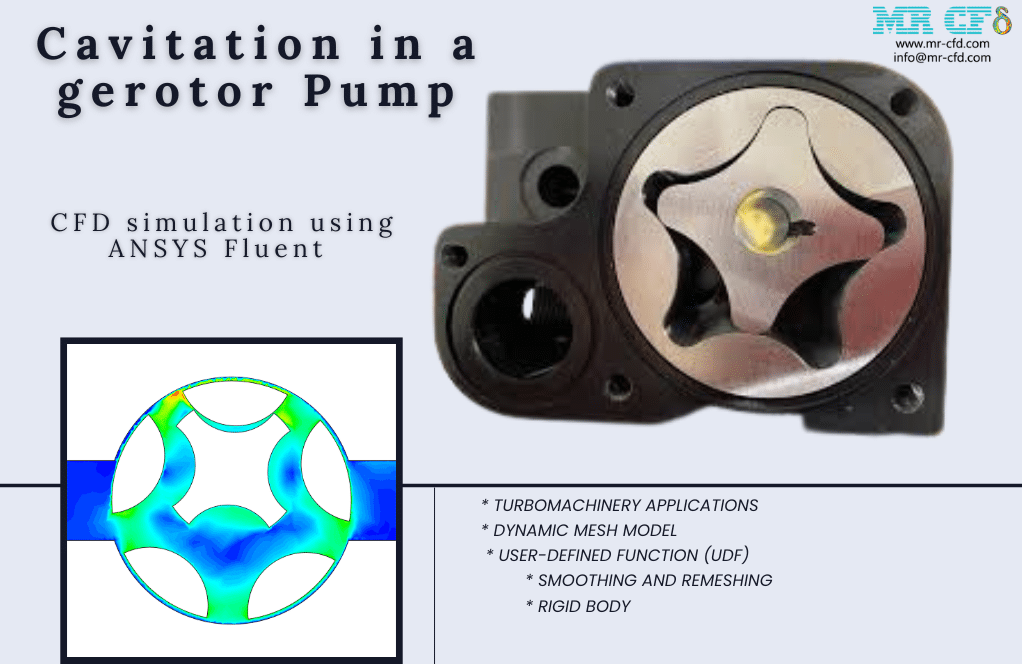
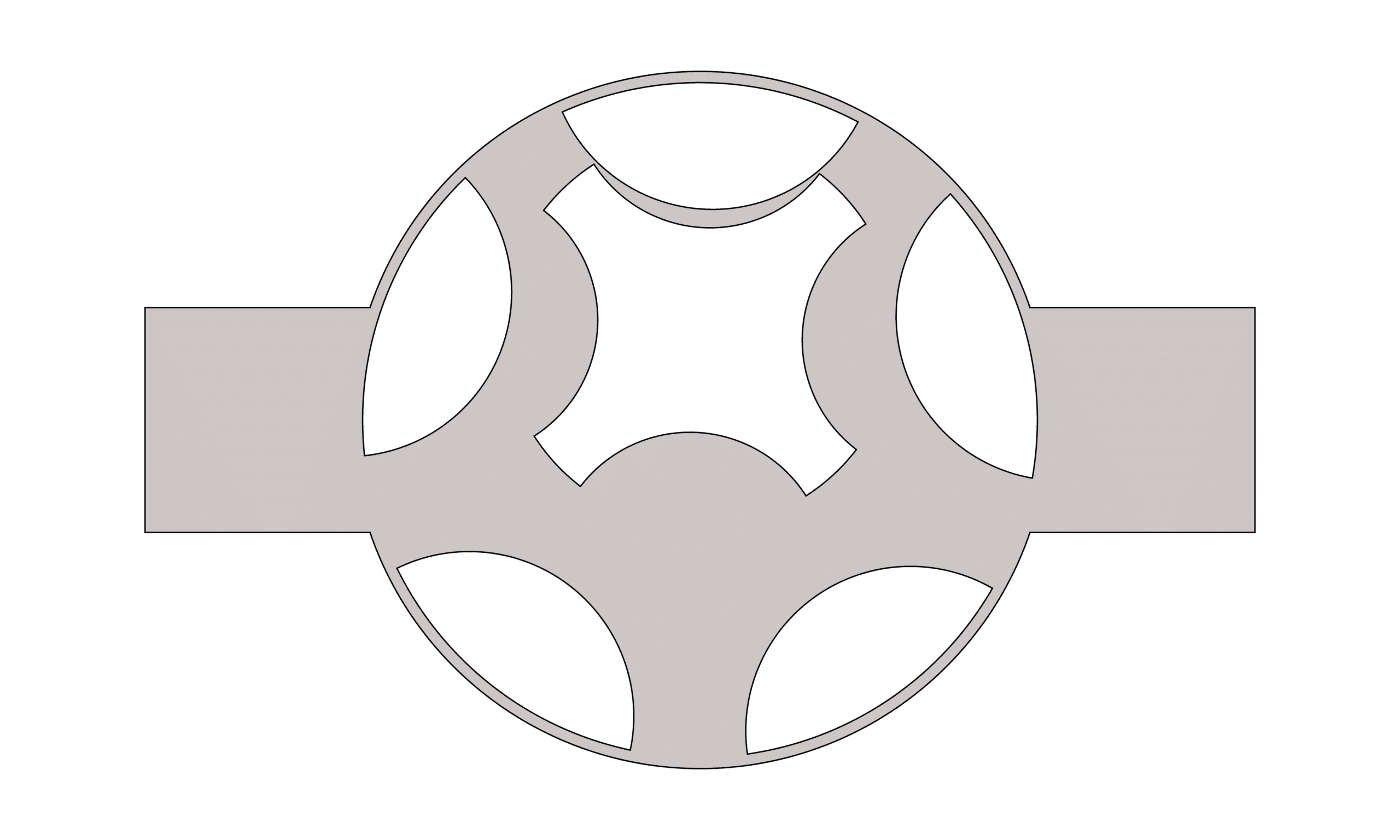
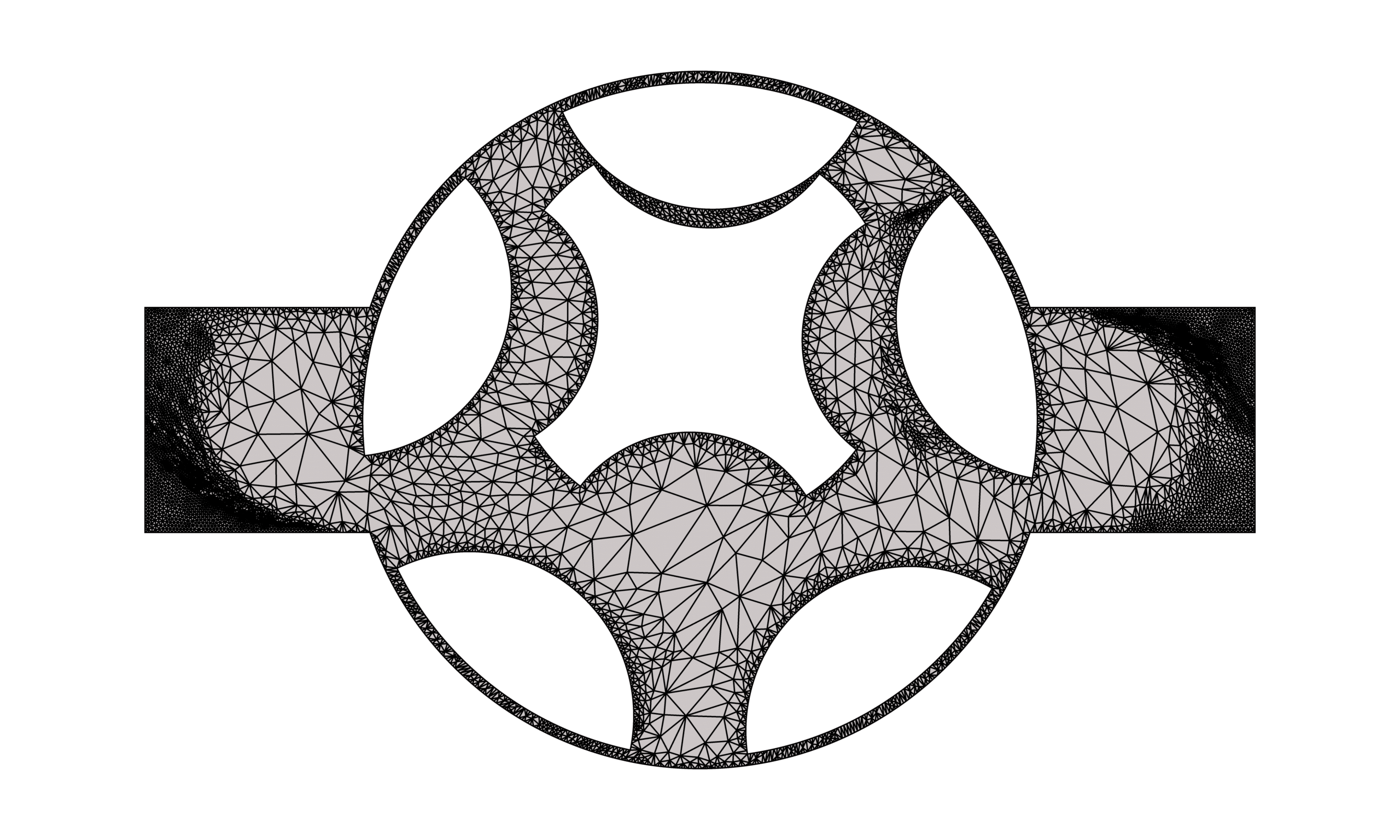

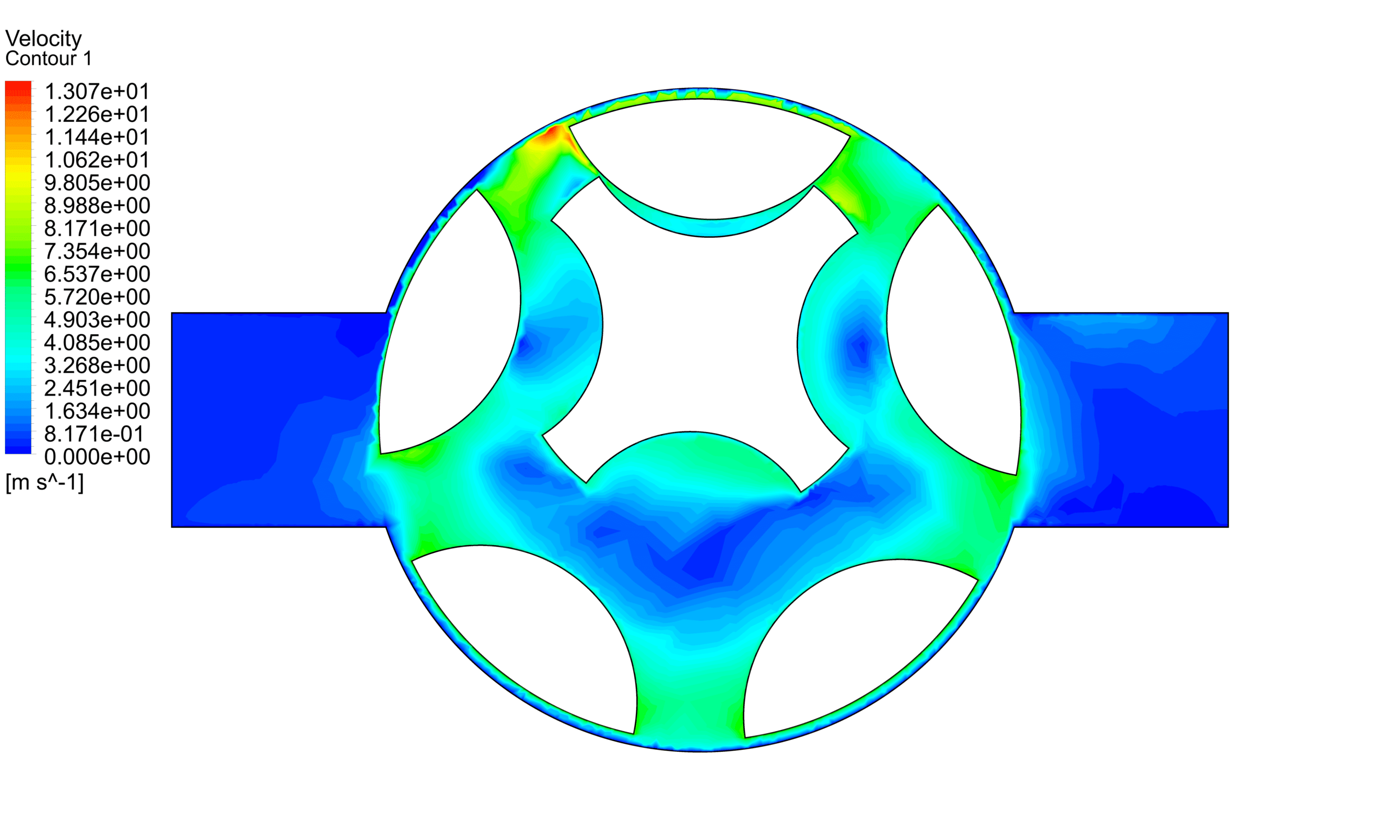
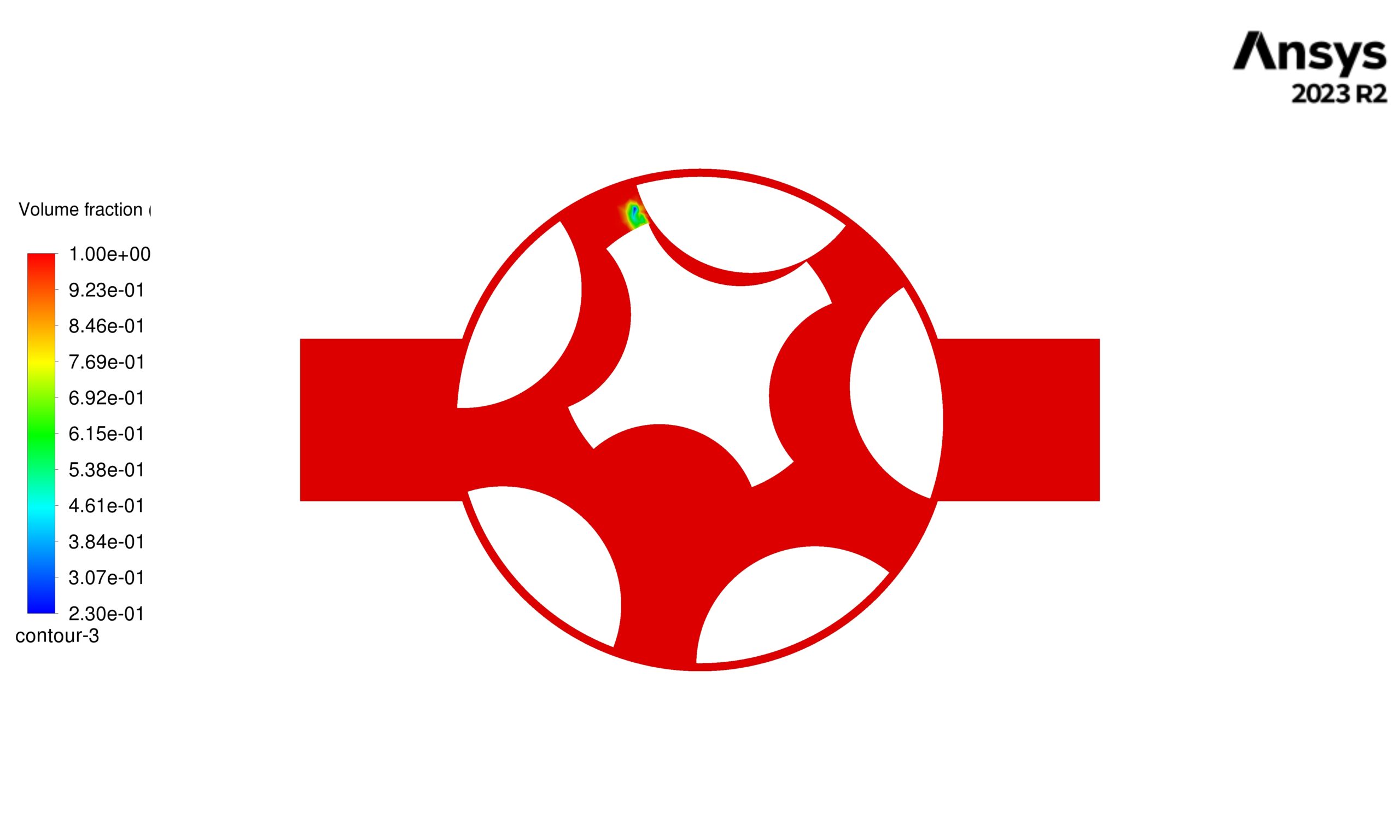
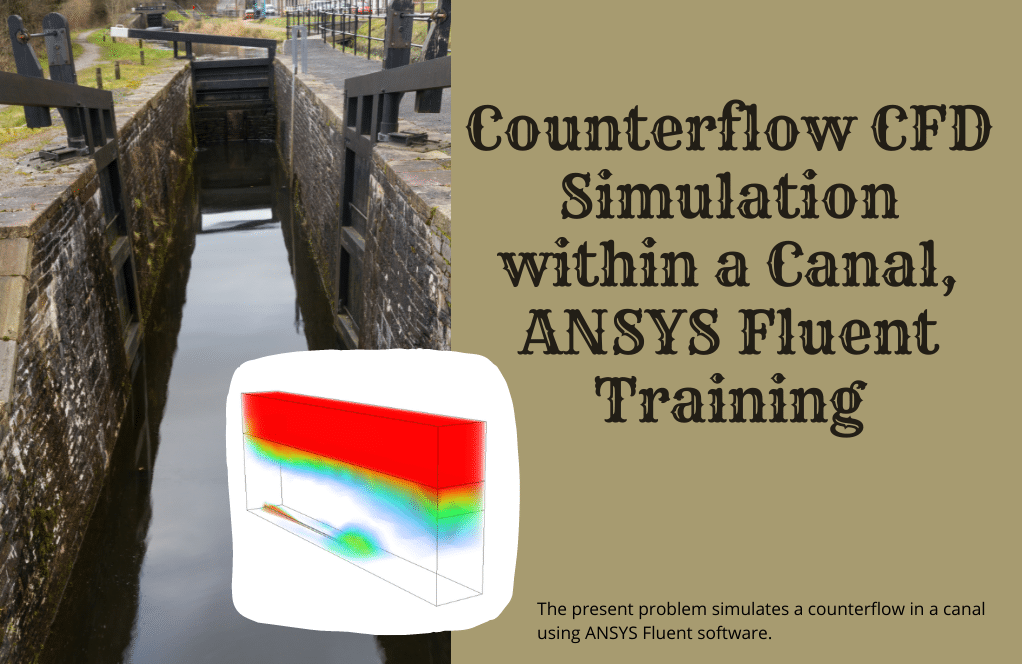
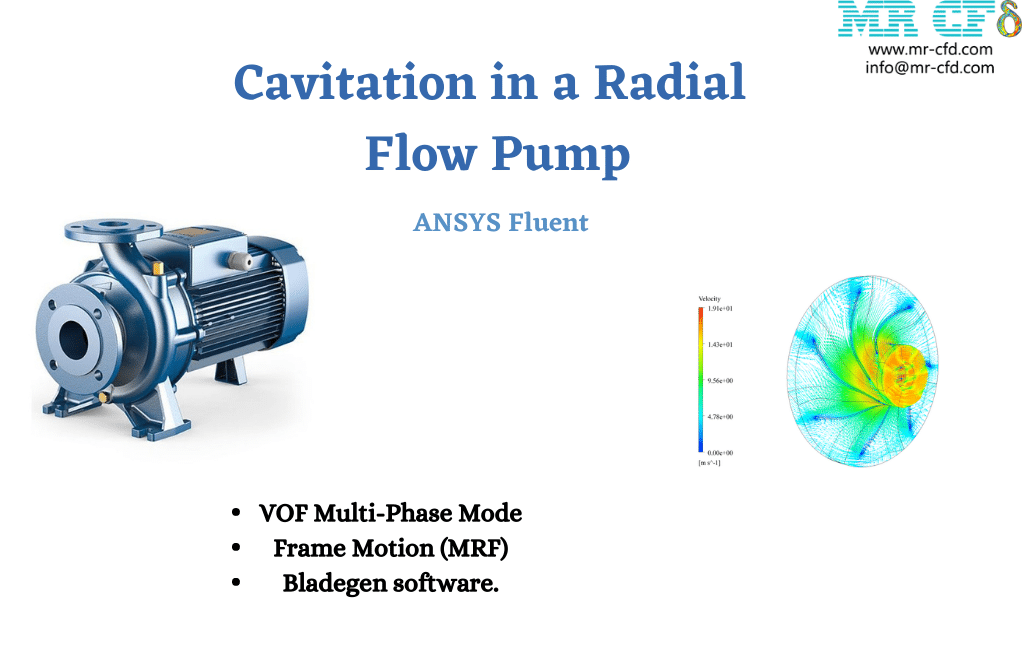
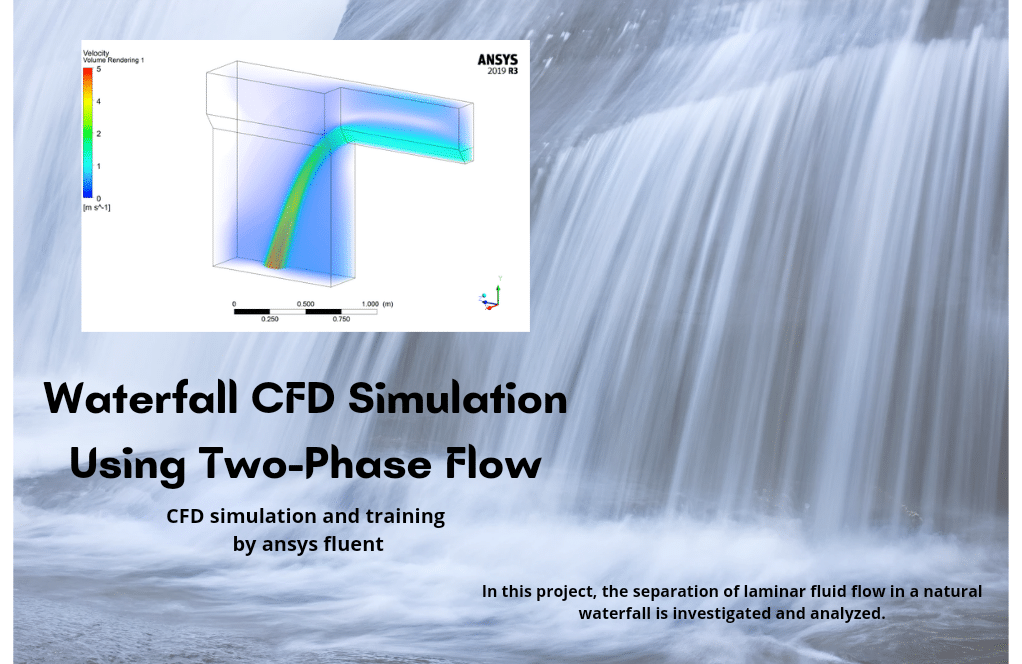
Reviews
There are no reviews yet.